I received my first string of pearls when I was 25 – my parents bought them for me but I chose them. The shopping experience ended up becoming a learning experience as I learnt to recognise the difference between the lustre in one string and another, look for flaws within the pearls and understand what the grading was all about. Not all pearls come equal.
Today’s post is basically all about the knowledge one should have when buying a string of pearls and also to look at some lovely photos of the ultra gorgeous Mikimoto pearls sold at Diamonds International, Malta.
Pearls, like diamonds, are something that never grow old, never get stale and always retain a classical worth. I know there are some younger women who might associate pearls with someone older or perhaps their mothers but the truth is – a string of pearls does not really have a vibe in itself, it simply blends into whatever vibe you are trying to project. One of the most iconic fashion figures and images will remain Audrey Hepburn in Breakfast at Tiffanys. In her little black dress and string of beautiful pearls, we will continue to worship her for years to come. Over recent years, both on and off the catwalk we have seen many interesting ways in which pearls can be roped into any casual outfit, simply adding a touch of class. A casual Instagram / Pinterest hunt will do wonders for inspiration.
Onto the knowledge business. When buying pearls. we need to be armed with a certain amount of know-how. First of all, there are many different kinds of pearls but for the sake of keeping this article somewhat concise, I’ll differentiate between Akoya Pearls known as Sea Water and Fresh Water Pearls – both of these are cultured pearls. The difference between the two stems from the manner in which they grow and the resulting price tag. More pearls can be produced from one freshwater mussel than from a sea water oyster – this is one of the main reasons why Akoya pearls are more expensive. Another reason is that the lustre found on seawater pearls tends to be more glistening, although recent farming advances have improved fresh water ones too.
Mikimoto is one of the brands most synonymous with luxury pearls and as mentioned, the brand depicted in the photos below. These are all Akoya pearls. The next piece of knowledge is understanding the grading system.
AAA: The highest grade – which means virtually flawless – no bumps or ridges, a smooth surface and a perfectly glistening lustre. These will also have a thick nacre
AA: These pearls will not be as smooth but will still have a brilliant lustre and be perfectly round and have quite a thick nacre.
A+: These will have more defects and a lower lustre and a thinner nacre.
A: These will have even more defects and a lower lustre and again a thinner nacre. Pearls are likely to not be completely round shaped too.
These pearls below are grade A.
These little beauties below are AA.
These are A+
Saving the very best for last – these black Tahitian pearls are simply stunning. These are natural pearls and are produced when soemthing like a grain of sand finds its way into theoyster which in turn leads to the oyster coating the grain in calcium carbonate, which will then harden and voila – the pearl is formed.
All the Pearl necklaces in these photos can be found at Diamonds international, Malta

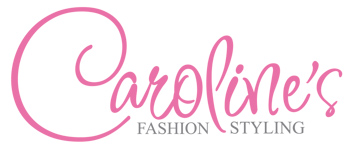
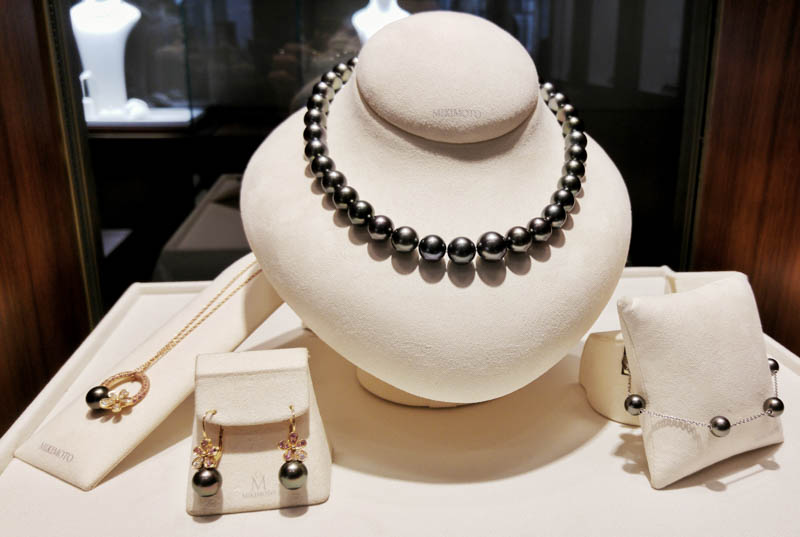






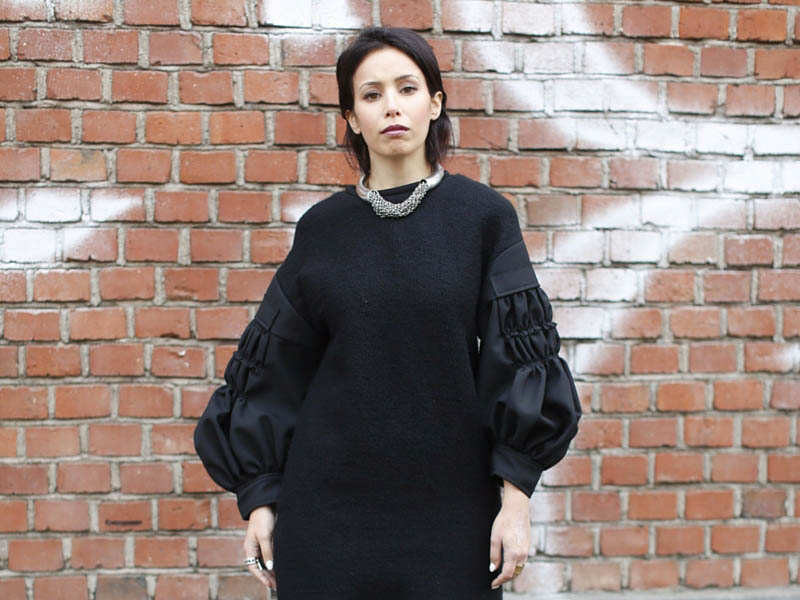
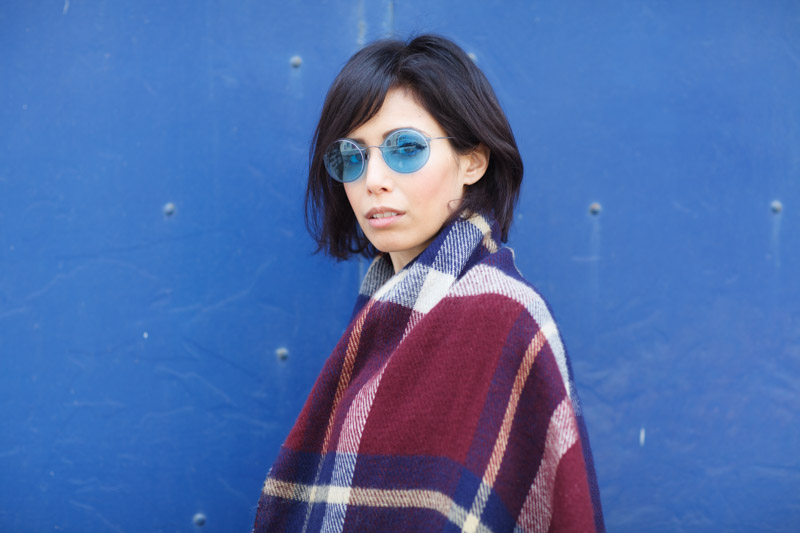
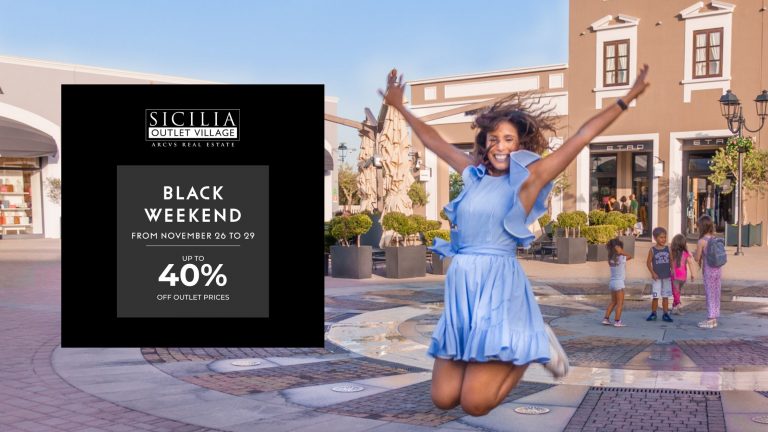
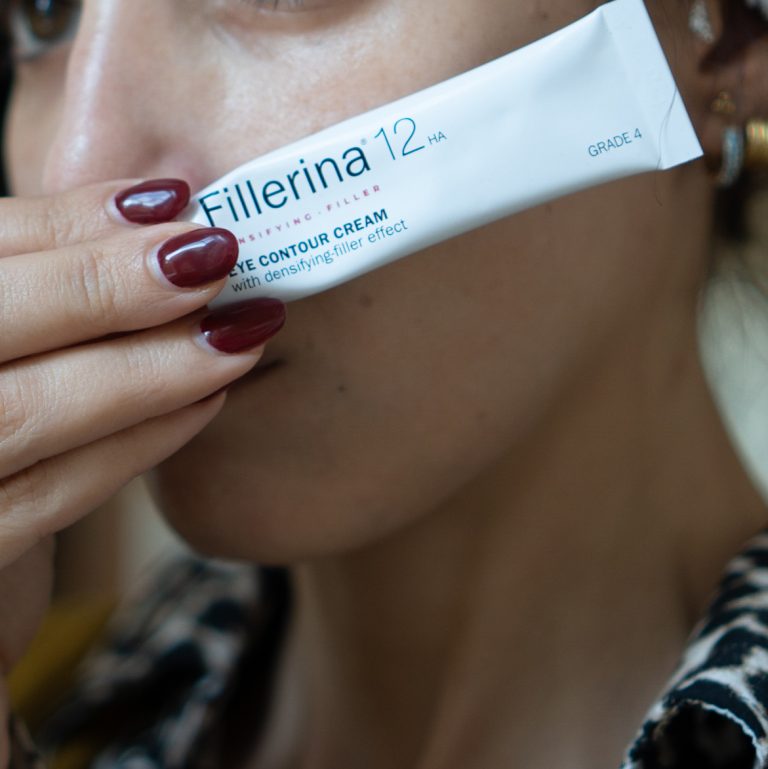
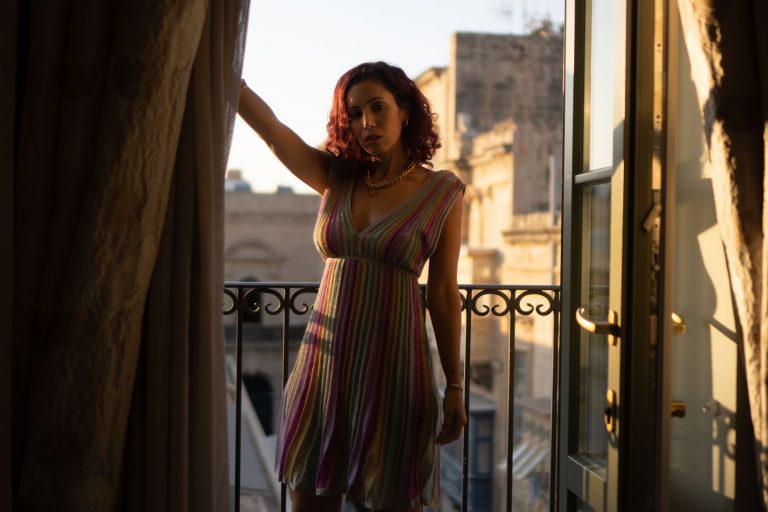
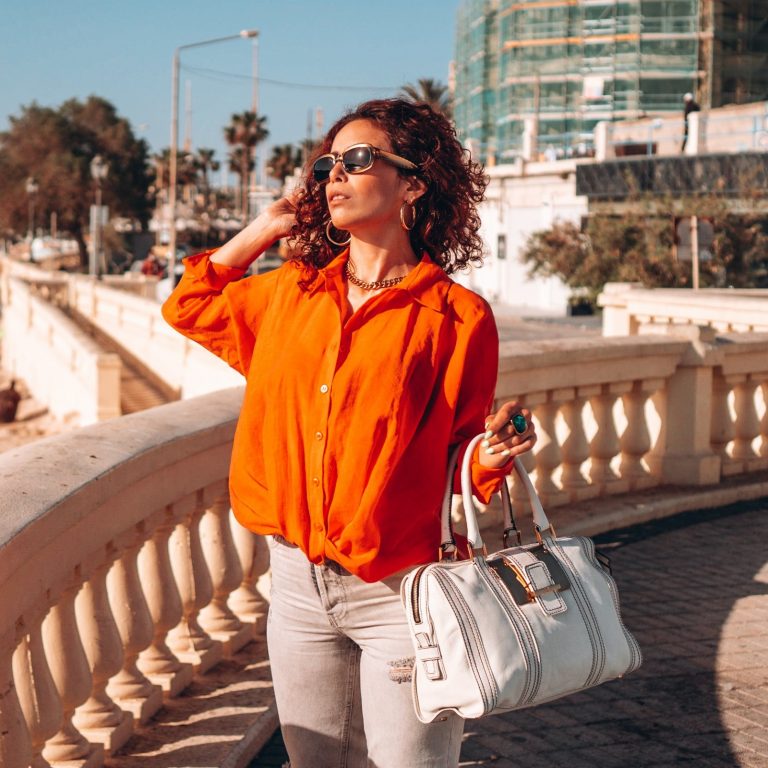
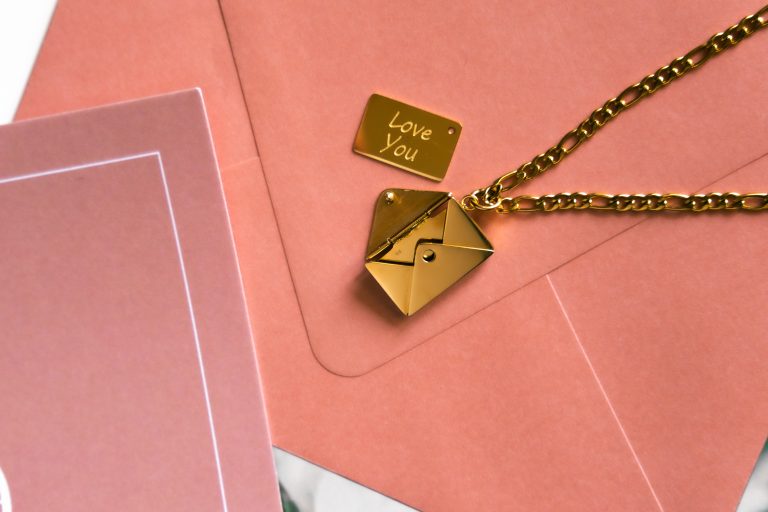
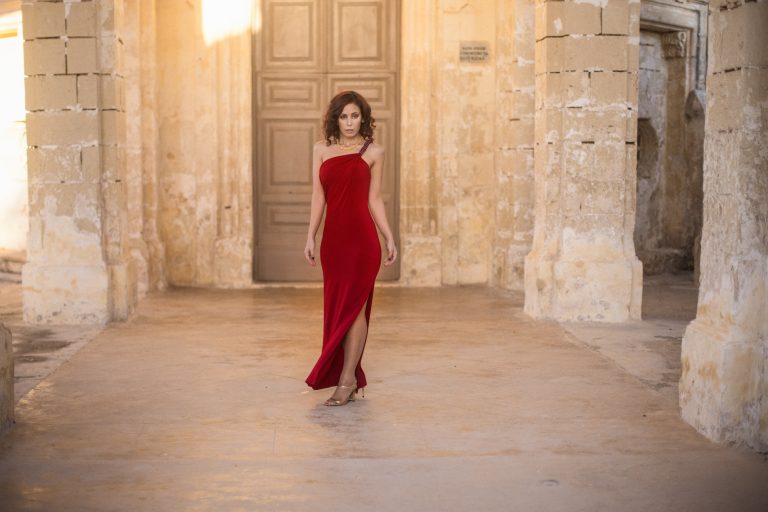
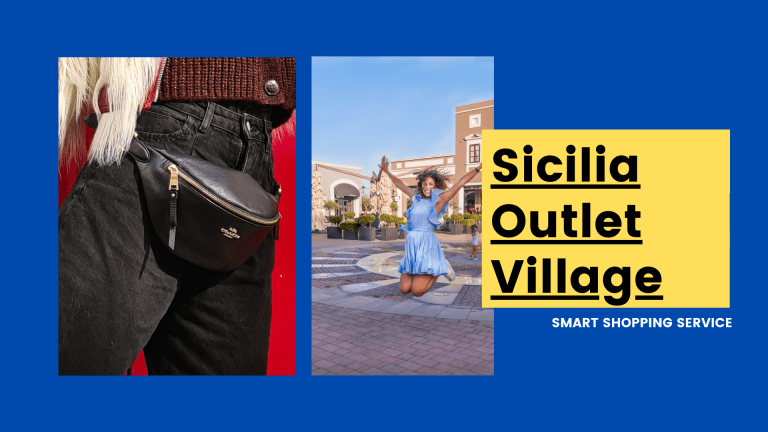
Comments